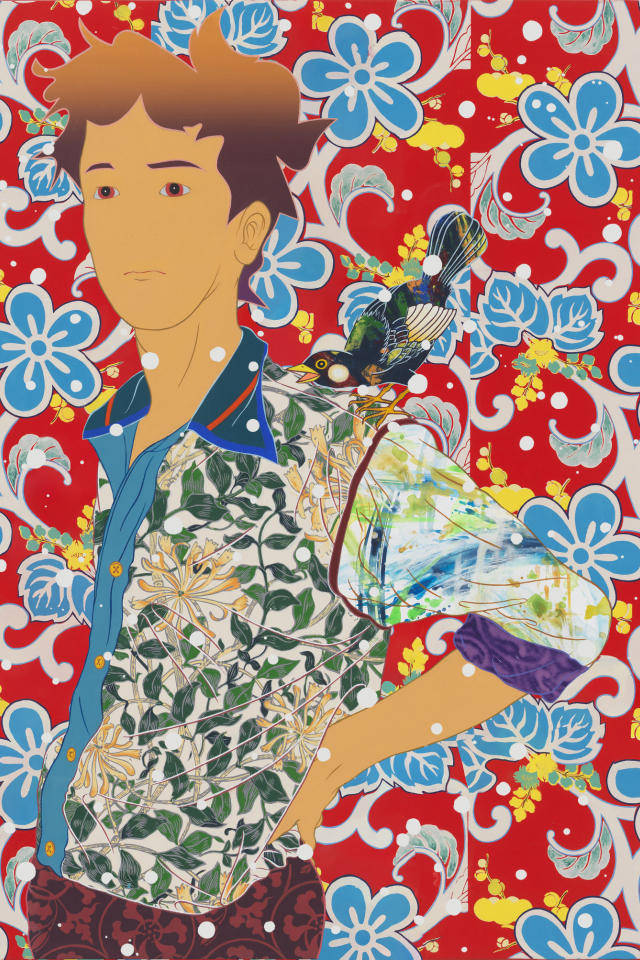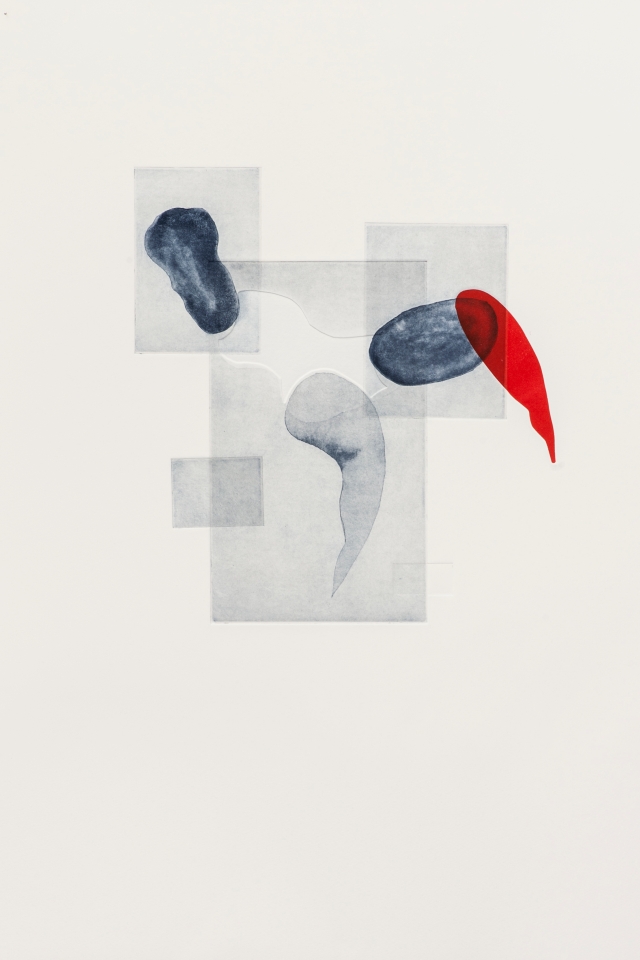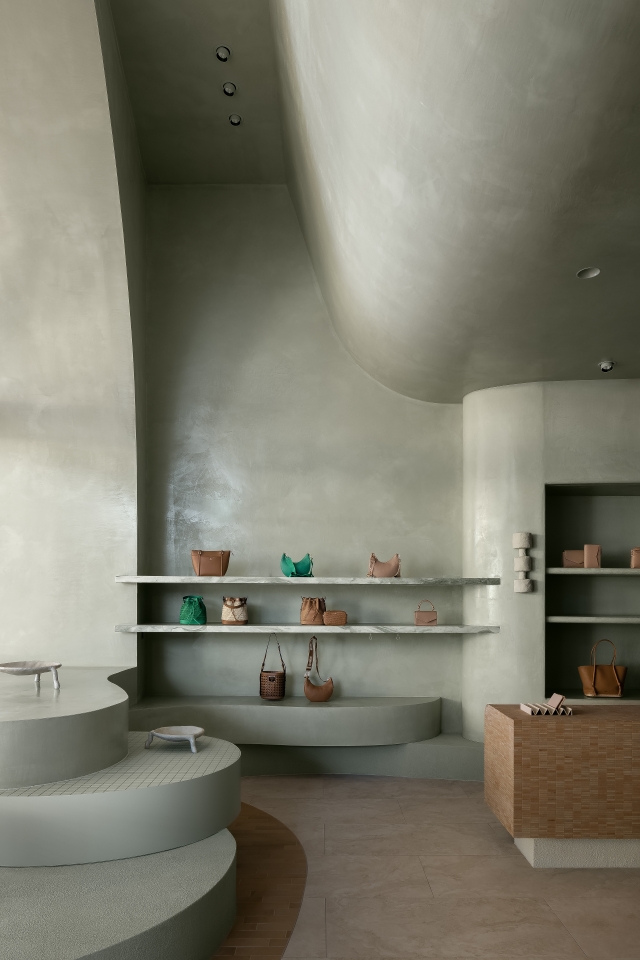The second son of the 18th generation of a sake family in Japan, Hiro Yoshikawa spent a lifetime surrounded by creativity and artistry. On graduating from university, he travelled around the world to pursue his own business in the fashion denim industry. Having always been fond of the material denim, he believes that this material is alive and should be treated in the most sustainable way so that it can be long lasting. He is also obsessed in the pursuit of the most subtle details in craftsmanship. Until today, Hiro is heralded as the Master Jeans Wash designer, advising the world’s leading denim brands. Jeans are only one kind of his artistic expression; he also explores denim in different kinds of art form using sewing techniques.
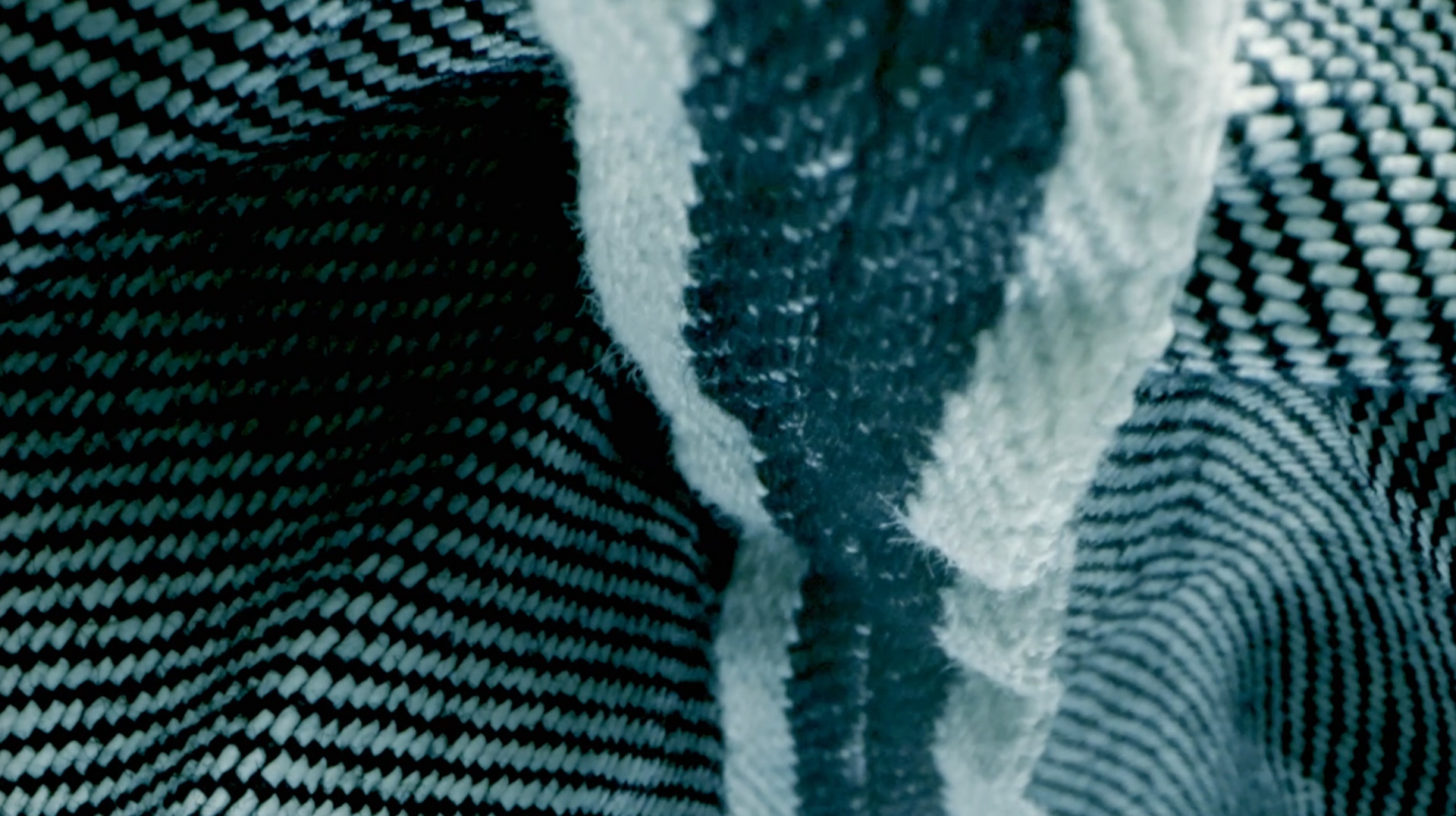
Growing up from a sake family in Japan, how did your childhood and background shape the way you think and create? In your opinion, how did it help you see the world differently?
My village was surrounded by nature. Whenever I wanted to go to the mountain or the lake, I would spend the whole day there by myself, from morning until evening. In the mountains, I would play with insects and animals such as beetles, frogs, and birds. I would also climb trees, hoping to find crystal. At the lake, I would go fishing, play in the water and play with the fish. I grew up in nature without concrete until I went to university.
My parents worked so hard for the sake business and did not have much time to take care of me and my brothers and sisters as we were growing up. This was especially true to me since I am the second son. In Japanese tradition, the second son has the freedom to venture outside the family. There were no supermarkets, post offices, restaurants or bars in my village. So, when I left the small village, it was a totally different world and a cultural shock for me.
Please describe your aesthetic in three words.
WABISABI (handcraft) | SIMPLE (NATURE) | FLOW (WATER)
How has your relationship with denim evolved?
Denim is my skin; sake is my blood. I will never be separated from my skin, but every day my skin changes alongside me, evolving with the external environment. It will always remain a part of me, but it will change as the environment changes. When you own a pair of raw, unwashed jeans, try to wear them every day, every moment so you can see the jeans change in colour and the whiskers will start to come out. No other materials have this kind of change. As time passes, the jeans may be worn out and have holes, but you can repair and make them with more character. I got my first pair of jeans when I started my backpacking journey in university. I wore those jeans every day, and I observed how they changed from dark to light colour, and eventually I fell in love with denim. I have been in the denim industry for over 30 years now and I am still studying the changing qualities of denim – it always amazes me.
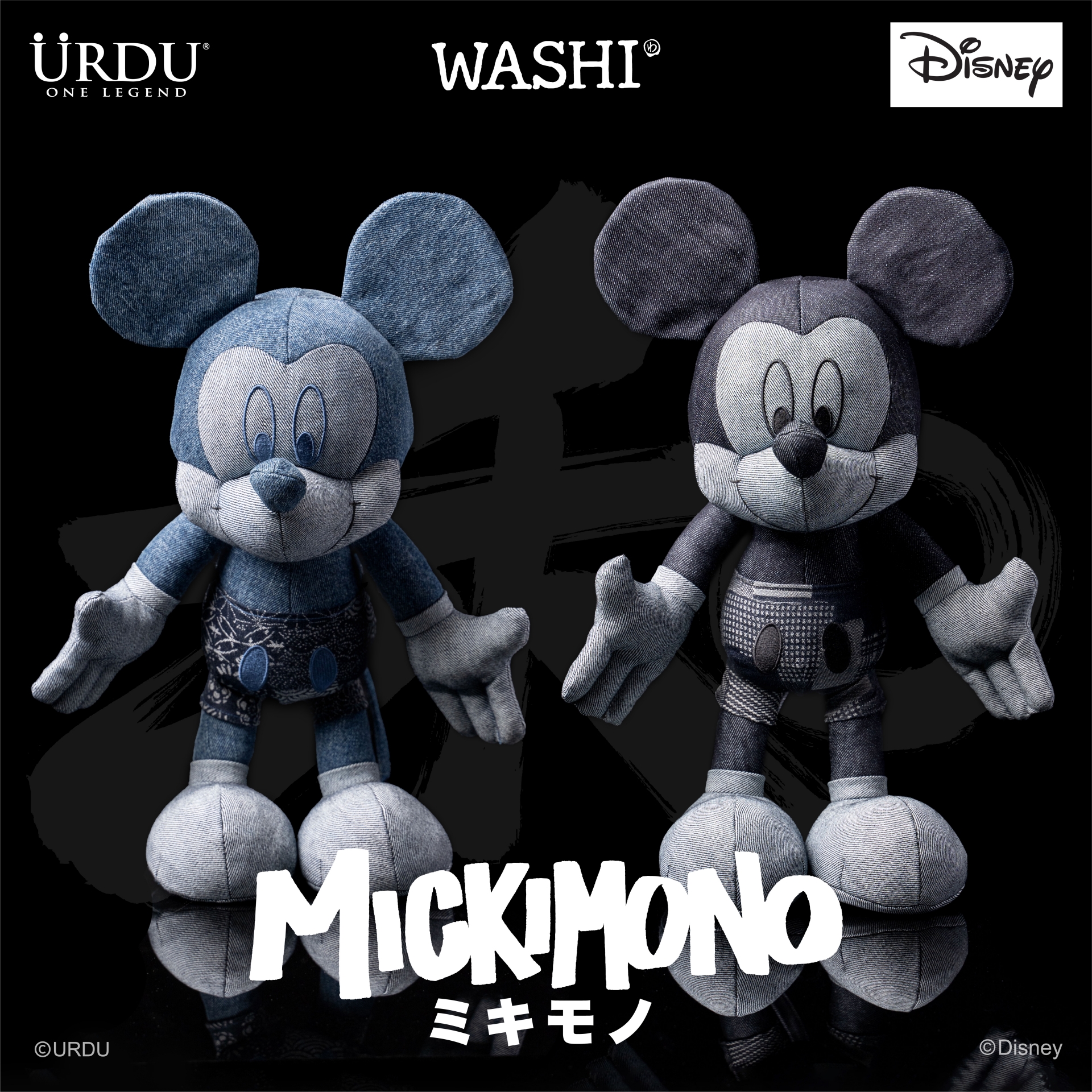
What is your largest source of inspiration?
I always think that I was lucky to grow up in the countryside when I was young. No computer, no phone, no internet. No one pushed me to do anything. When I wanted to eat chestnuts, I would try to find them on trees and eat them. The tree owner would come and catch me as I escaped. He would then complain to my parents and I would say sorry. Then my parents would give them sake so everyone would be happy. All my inspirations are from my younger days. From what I saw in – the mountains, the moon, the trees, the lake, the water, the clouds, the sky, the changing colours of the four seasons in Japan – from the snow white in winter and Sakura pink in spring to the blue in summer and red in autumn. They all originate from nature.
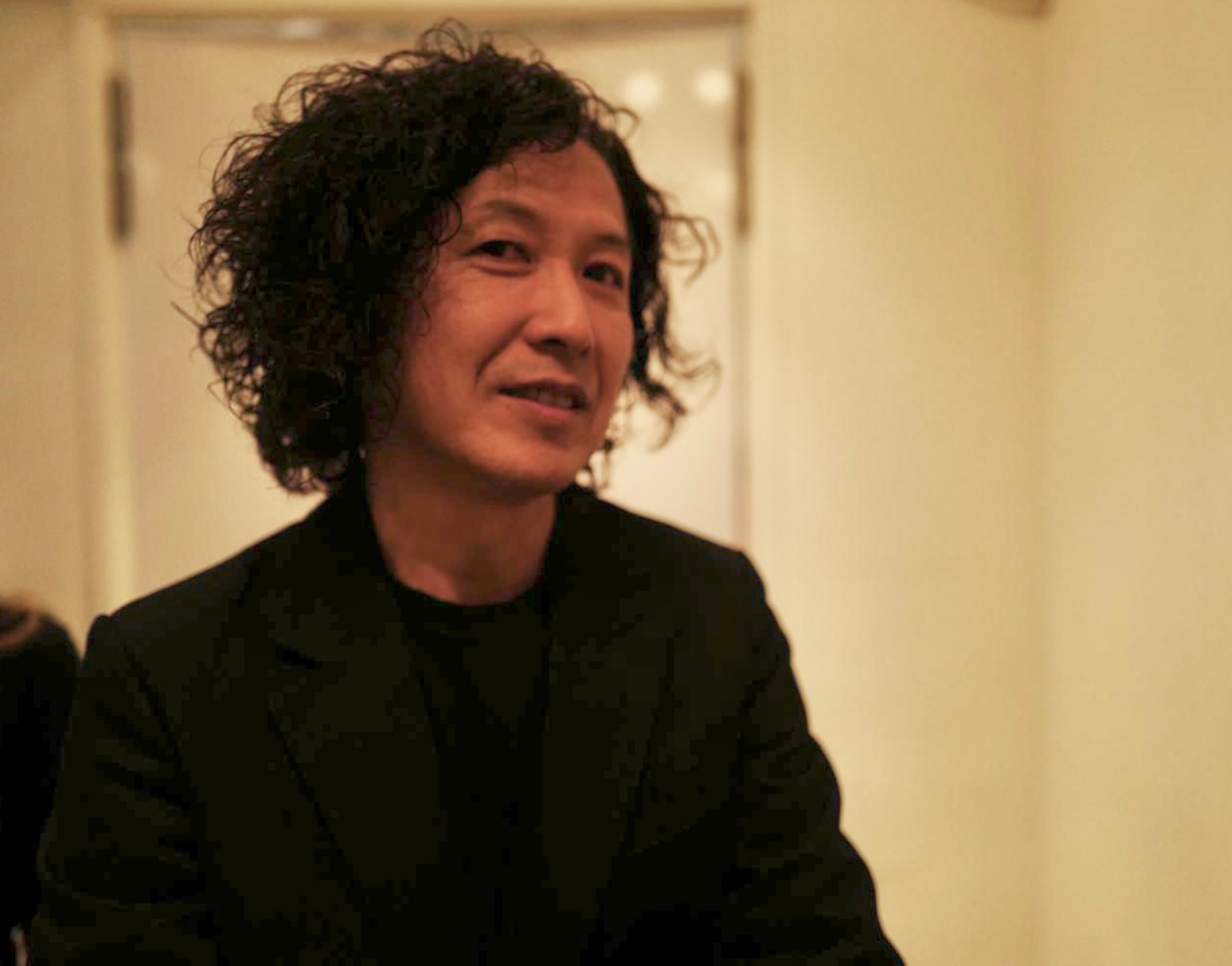
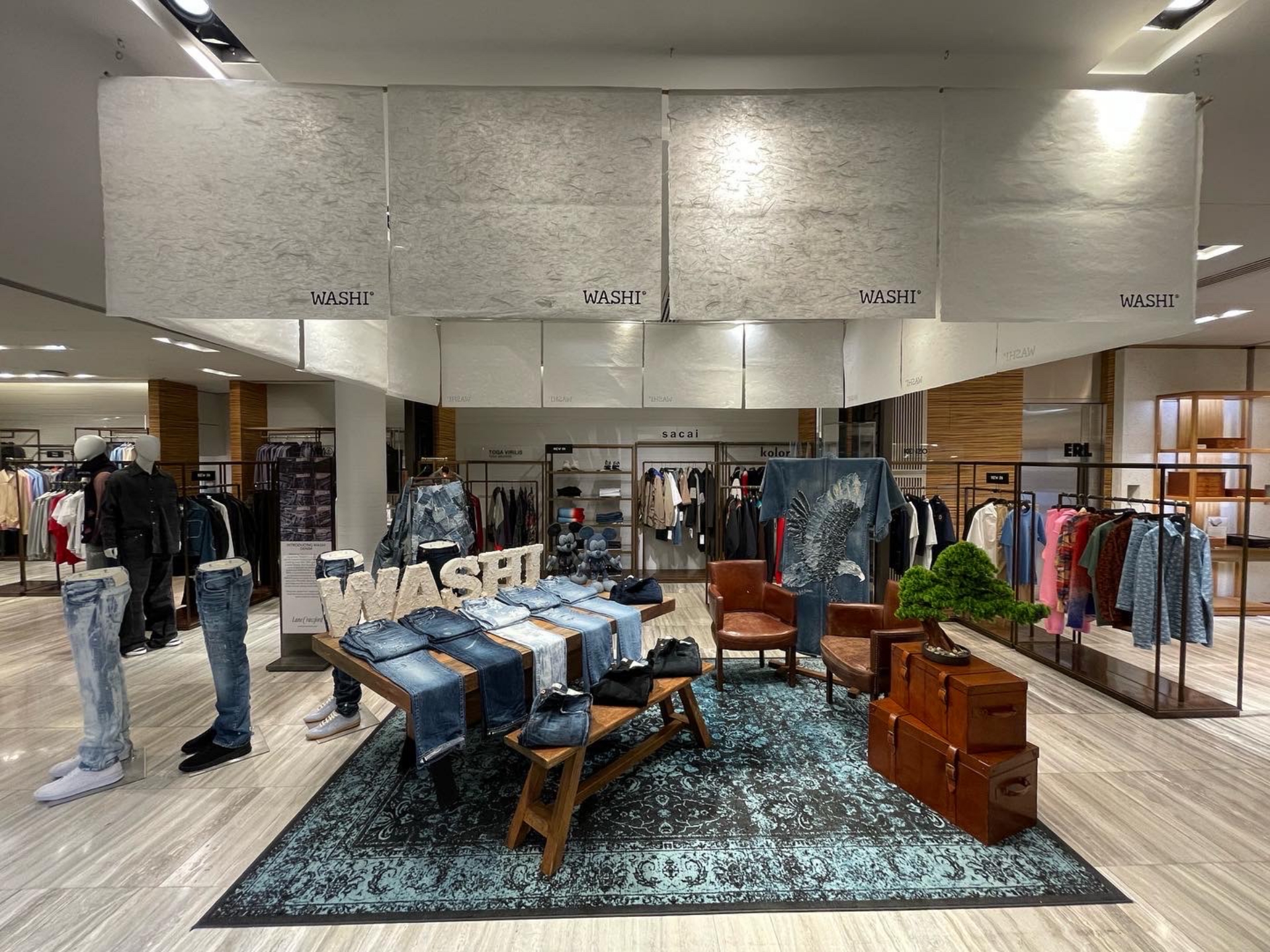
What are the repeated motifs or themes in your work?
Washi refers to Japanese paper. It is also the name of a type of eagle in Japanese. I like eagles as they are the strongest birds. When they catch fish, they attack like an aircraft. Eagles open their wings to control their speed and timing. I try to capture this moment of eagles spreading their wings in my Washi Eagle art. It is beautiful because this moment is so short.
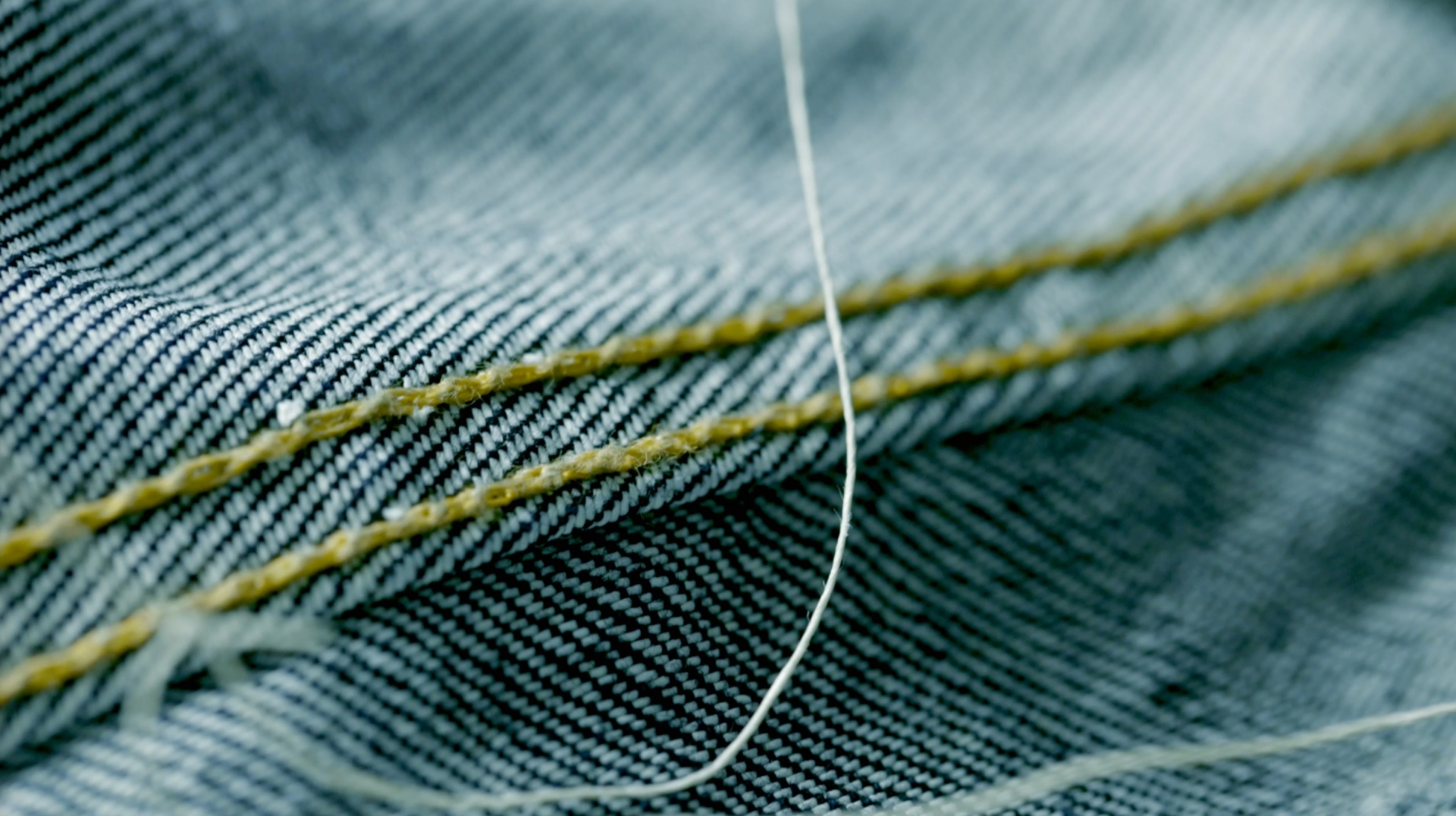
It is not easy to create the Washi Eagle Art to capture the moment when eagles spread their wings. I started by drawing a single feather first, then drew 100, 500, 1000 of them and so forth, one by one. The development process has helped me to become more focused and has given me more power to create. In my perspective, it is not just art but also a practice that hones my focus and patience.
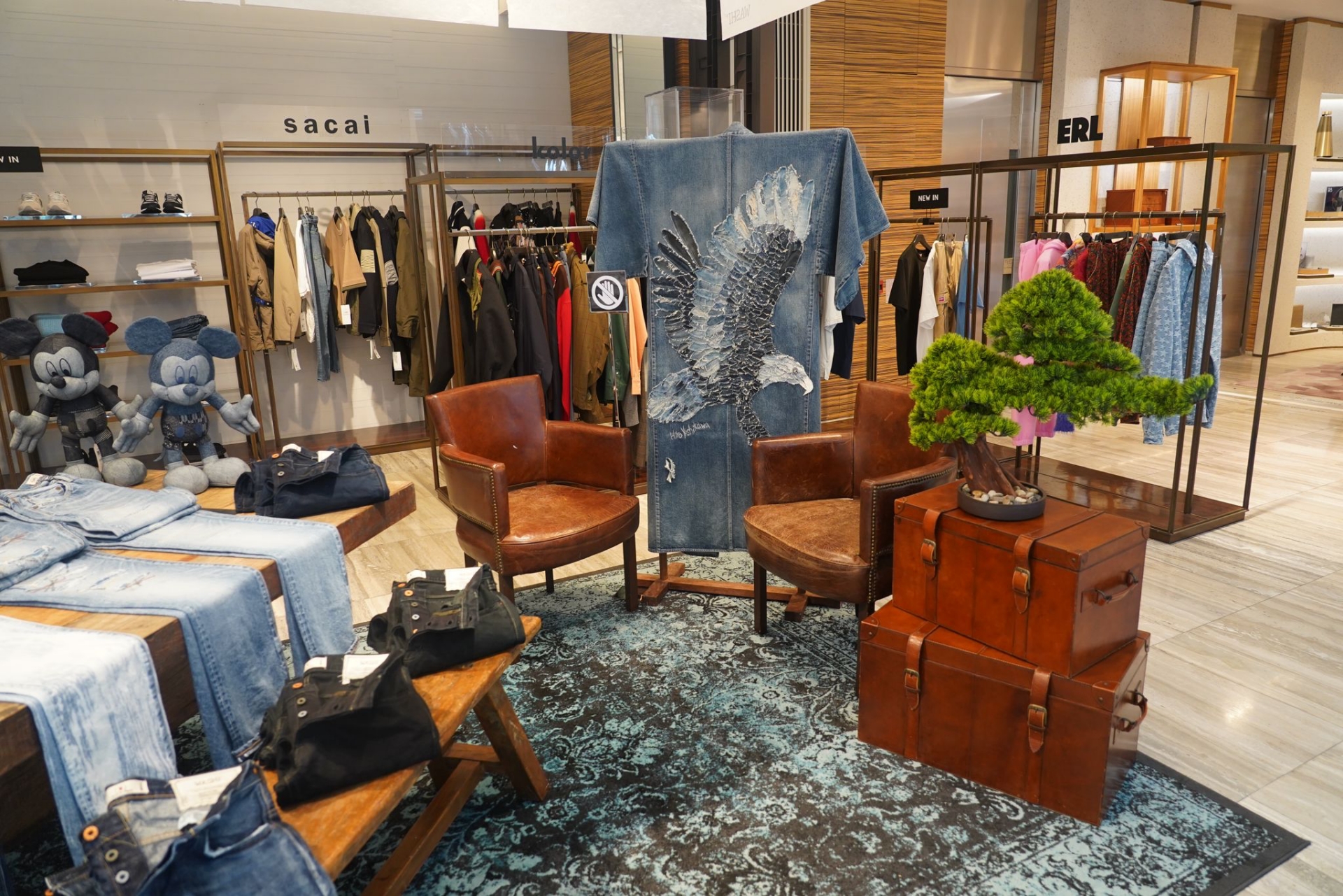
Please tell us more about one of your most significant inventions - a sustainable denim material called WASHI No. 6 paper yarn? What were the challenges since it took you two decades to perfect the material?
It is difficult to create sustainable material when you don’t genuinely understand the meaning of it. I grew up in nature, so I have the natural instinct to create something that is in harmony with nature. And because I love denim, I want to create a sustainable denim material. It took so long because it was not easy to create a material from paper that can also deliver the design qualities that I want and sustain the production procedures that I required in order to control the perfect thickness of the yarn and make it comfortable on skin. This took a lot of trial and error as no one has taught me how to do it. My team and I just started creating while learning through the process. Eventually the final product came out and you know from your eyes this is the true beauty. And through wearing it over time, I ensured that its quality met my standard.
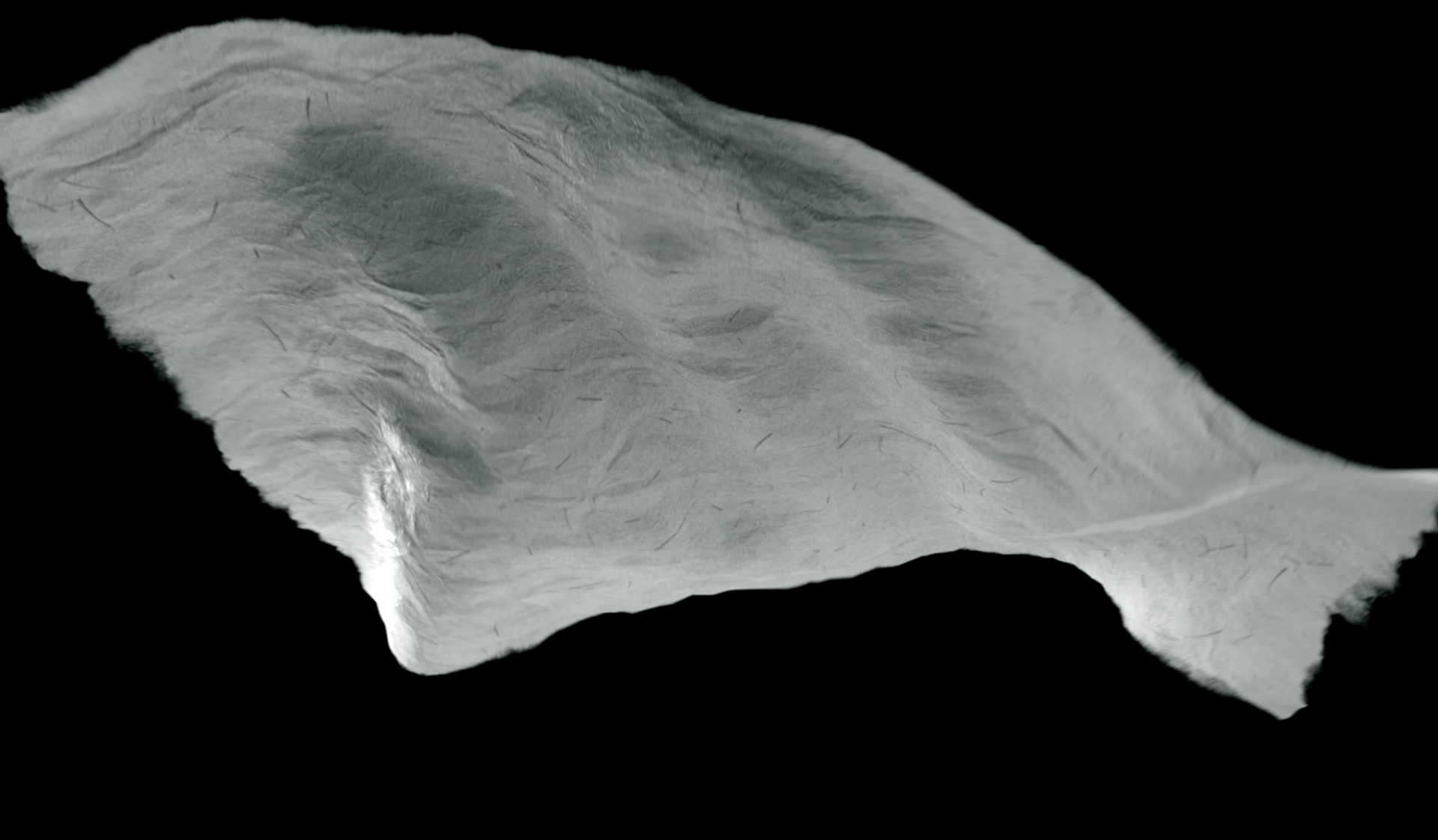
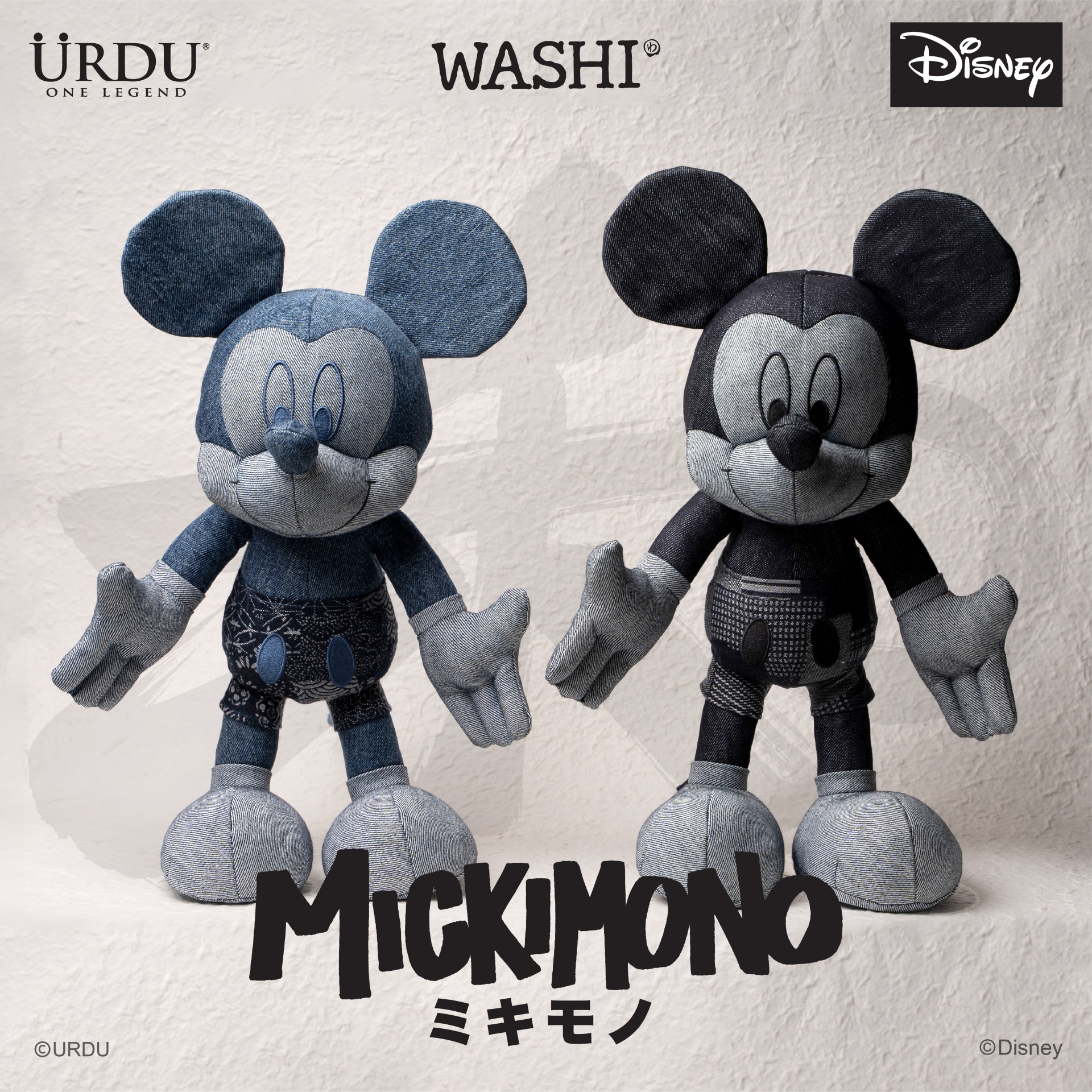
What messages would you like to convey during your BODW Summit “Pushing the Boundaries of Denim Innovation”?
My vision is not just to create beautiful paper denim jeans that more people can wear, but also to create jeans that can appreciate in value over time. Vintage jeans are just like vintage cars, watches, cameras – there is a certain kind of aesthetic inside that can make it into a classic and last for a long time. Once people have the first pair, wear them, and understand their beauty, they will want to collect a second pair.
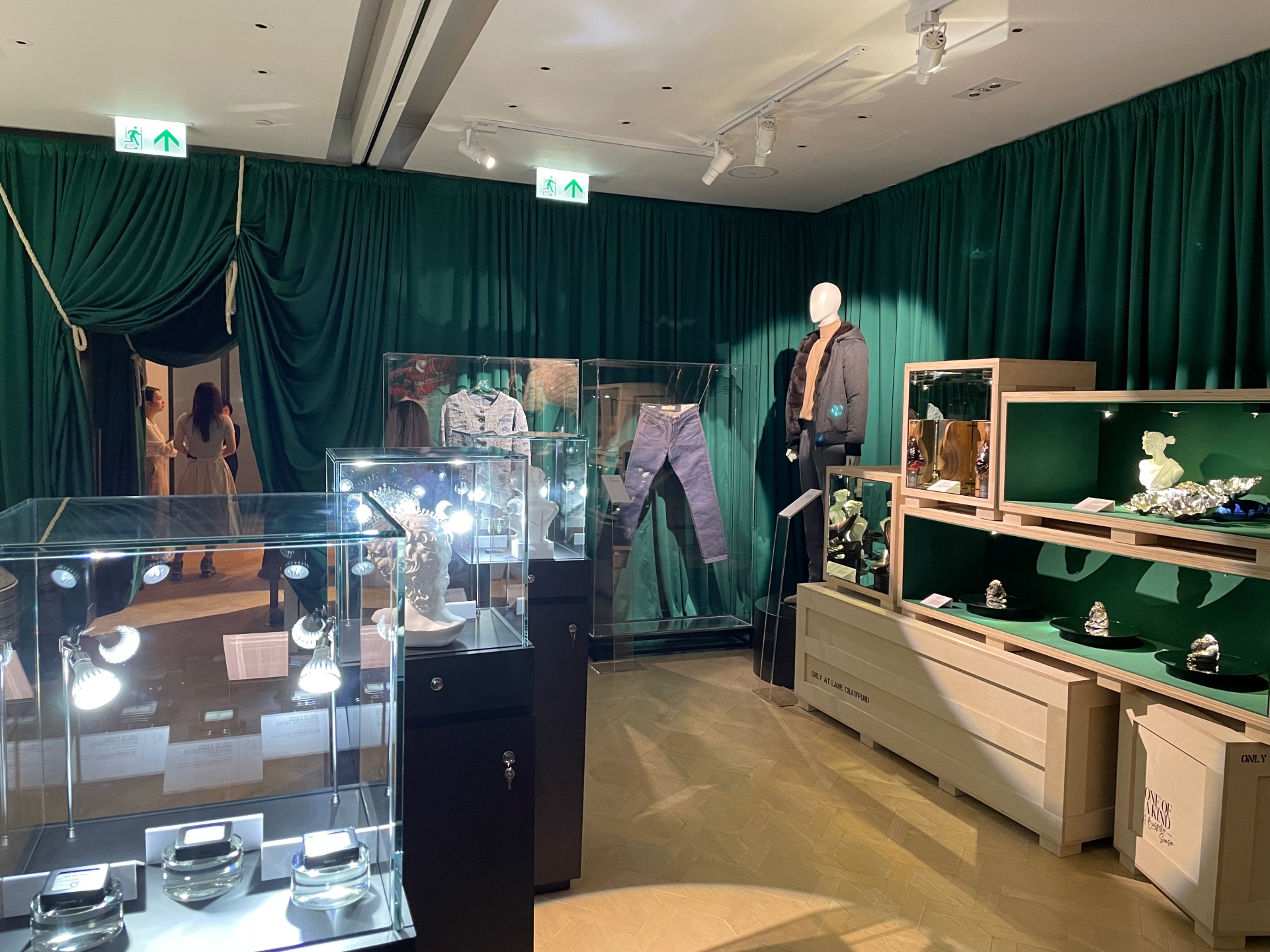
What do you personally hope to see more from the design field in 2024 and beyond?
Study the past, but don’t follow its rules. Create from your own soul. Don’t ask others to do your task for you, you must do it yourself. This is the process of learning, where understanding and inspiration come from.





